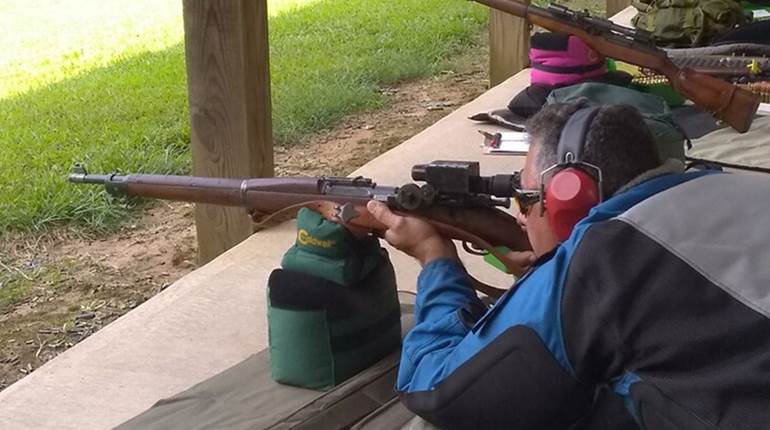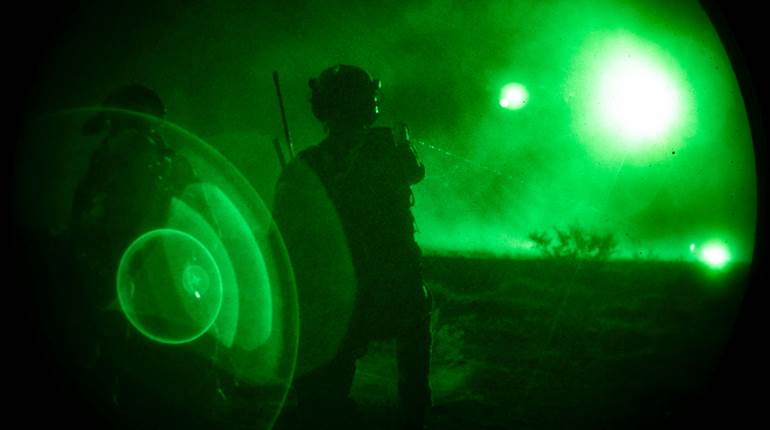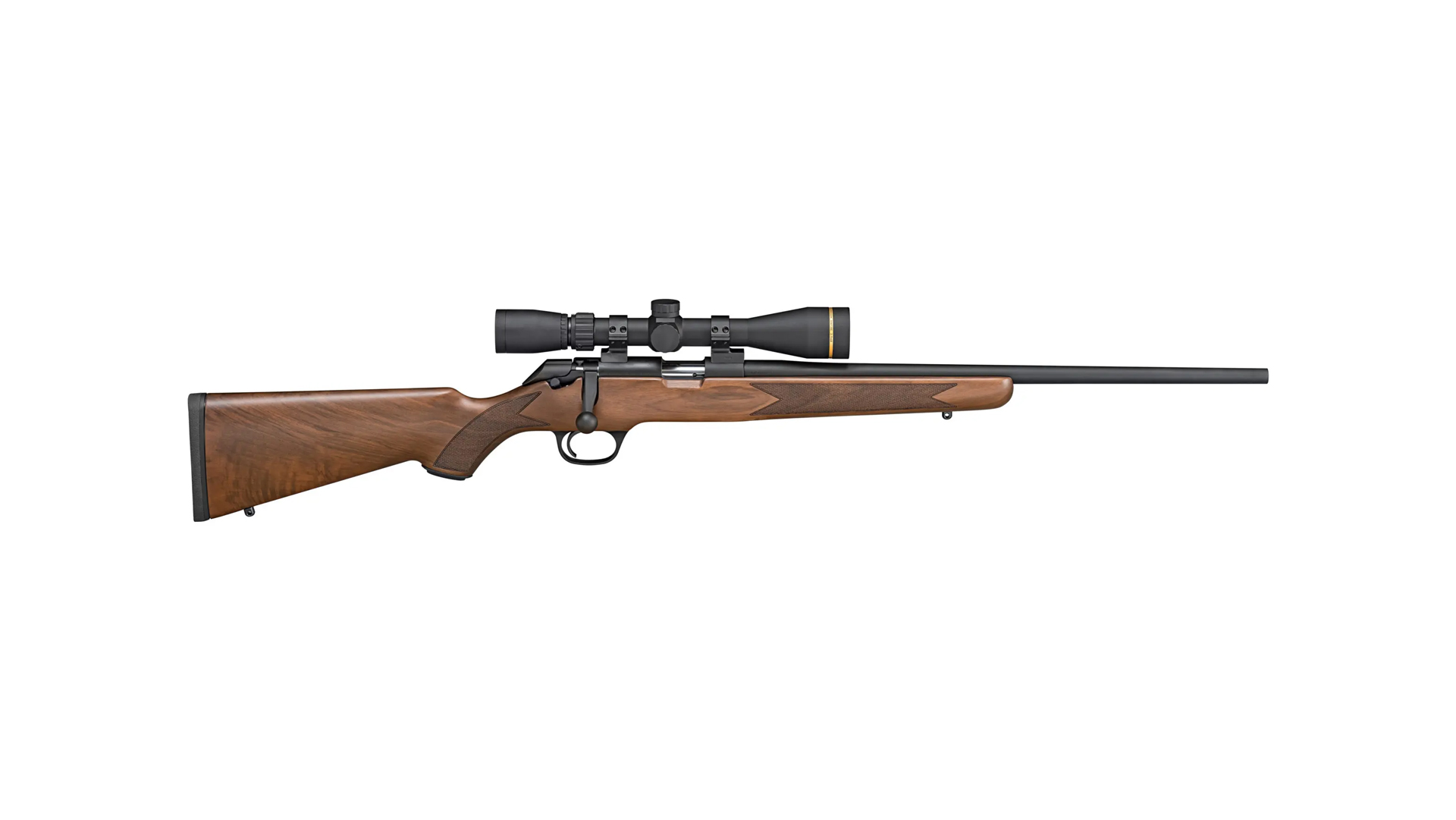
Along with teaching youth marksmanship, the DCM could also sell surplus military firearms to the public further promote the learning of marksmanship skills. The DCM remained unchanged from 1903 to 1996, until the U.S. Government sought to downsize spending. A push was made in the government to end the DCM, since it was a federally funded program. At the same time, some members of the U.S. Congress did not want to see the program ended entirely and sought a way for the program and its values to continue without federal funding.
Thus, in 1996 the DCM was privatized and turned into the Corporation for the Promotion of Rifle Practice and Firearms Safety, also known as the Civilian Marksmanship Program or CMP. The CMP was given the staff from Camp Perry, Ohio, a half-year budget of federal funding for the first year of operation and access to the surplus of U.S. .30- and .22-cal. rifles.
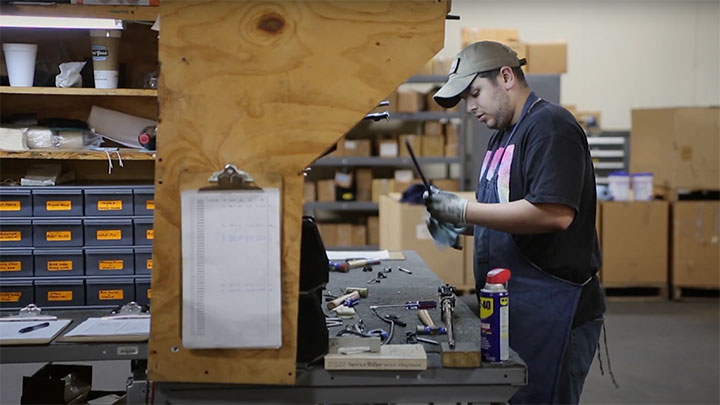
Based in Anniston, Ala., the CMP continues to sell surplus U.S. military rifles to the public as a means to fund and to promote marksmanship training. However, the CMP now offers more than surplus U.S. rifles for sale. As a part of the Defense Authorization Act, the CMP is authorized to sell surplus M1911 and M1911A1 .45 ACP pistols transferred from the U.S. Army reserve stocks at the Anniston Army Depot.

In the first batch, the CMP was transferred 8,000 M1911 and M1911A1 pistols from the U.S. Army. Stored in a specially designed vault and processing facility at its headquarters in Anniston, Ala., the CMP sorts these pistols for the eventual sale to qualified members of the public. These pistols come in a variety of grades in both the M1911 and M1911A1 models.
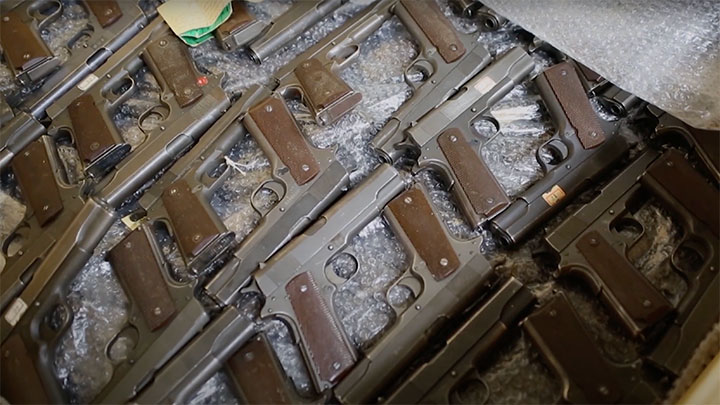
Many of these pistols, especially of the M1911A1 variety, were rearsnaled within last 40 years before being put back into storage. These rearsenaled pistols were reworked and refinished by the U.S. Ordnance Department before being greased, wrapped and boxed for eventual reissue. These pistols are essentially in like-new condition, and bear rebuild marks from the rearsenal process, mostly dating from the late 1970s. Other examples still bear their original finish and wear from decades of use by the U.S. Military.
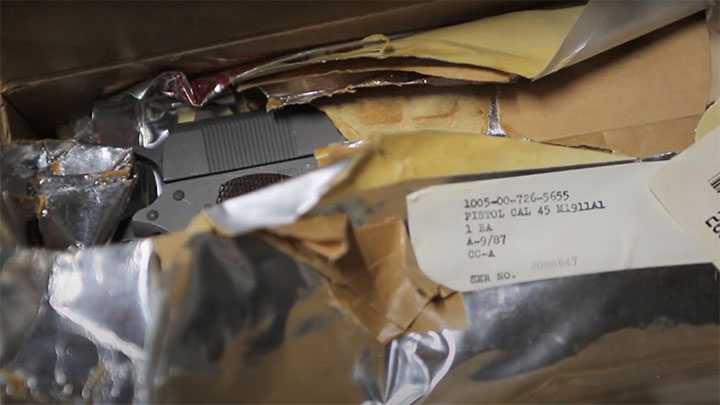
The pistols are divided into several grades based on condition and are priced accordingly. The rearsenaled examples, listed as condition code "A" in the army system, were ready to be reissued by the U.S. Army and have the highest grade in the CMP's grading system, service grade. Other worn and unchanged examples are divided between the field and rack grades, and are priced accordingly. The CMP goes through all the different grades of M1911 and M1911A1 pistols to certify that the parts are within specifications before making them ready for purchase.
In the mix of pistols sent by the U.S. Army, there are a variety of features that can be found. As previously mentioned, the rearsenaled examples bear a fresh parkerized finish and reworked parts, along with new, brown plastic grips. Other examples will include older, original finishes as well as same earlier features like wood grips. These will exhibit wear from decades of use while in circulation, and sometimes even rack marking from when they were issued.
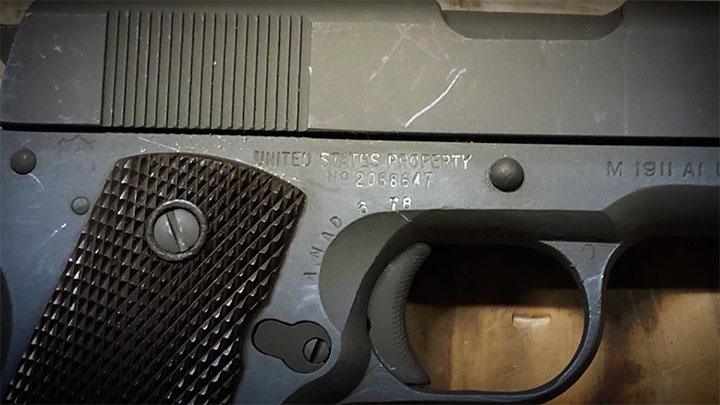
Many different manufacturer marks can be found in the mix, including those from World War I-era production. A variety of parts from different manufacturers can be found on these pistols, with the slides and frames being from different, or at times the same, manufacturers depending on the specific pistols. Some of the M1911 examples can include earlier features, while others will have various later features from different rebuild programs while in circulation.
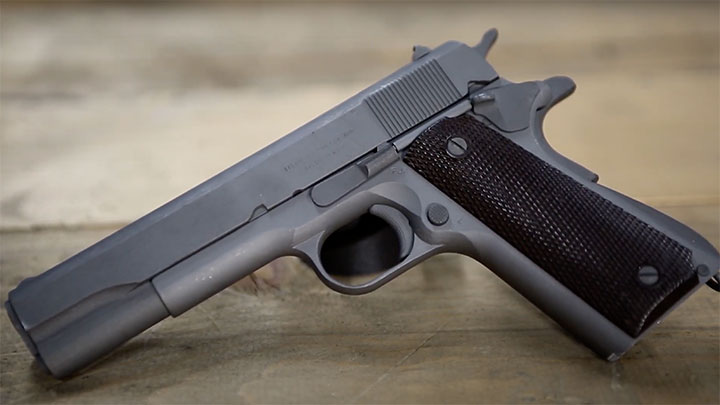
Despite offering these pistols for to the public, the CMP is not focused on firearm sales. Rather, the sale of these surplus pistols is aimed to support the CMP's core mission of teaching and promoting marksmanship to the public. The sale of rifles and pistols serves to help the CMP fund its teaching programs and operational expenses.
Along with the authorization for the CMP to sell the pistols came further restrictions mandated by the U.S. Congress. As a part of these restrictions, the CMP must follow a slightly different series of guidelines for pistol sales than it does with rifle sales.
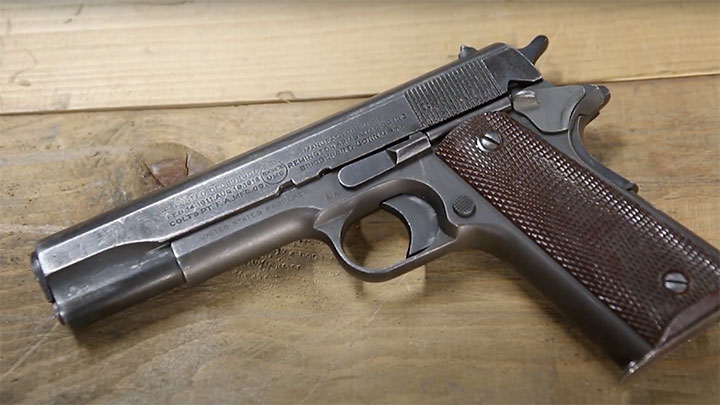
In order to purchase a M1911 or M1911A1 pistol from the CMP, potential buyers must fill out an order form packet and mail it to the CMP's specific 1911 division, which is seperate from the CMP's normal operations and sales. Buyers must follow the specific steps and requirements outlined in the order form packet to be eligible to purchase one of the pistols, which is available on the CMP website. These include providing proof of identity, membership in a CMP affiliated club or organization, proof of marksmanship training, passing a NICS background check and providing FFL information for transfer.

Buyers are only allowed to purchase only one 1911 pistol from the CMP, and applicants that meet the requirements will be entered into a random number generated lottery system for a slot to purchase a pistol. Anyone who has already purchased a 1911 from the CMP is not eligible to buy another. This is due to the limited quantity of pistols in the CMP's inventory and the regulations that the CMP must follow in order to be allowed to sell the 1911 pistols to the public.
Currently, the CMP is accepting mailed-in order form packets for the second round of its 1911 sales program. Applicants must follow the specific instructions on the order packet, provide the required information and have the packet delivered by mail to the CMP 1911 division no later than the end of the business day, March 4, 2021, in order to be considered. For more information on the CMP and the second round of the 1911 sales program, please visit the CMP's website at thecmp.org.
To watch complete segments of past episodes of American Rifleman TV, go to americanrifleman.org/artv. For all-new episodes of ARTV, tune in Wednesday nights to Outdoor Channel 8:30 p.m. and 11:30 p.m. EST.

